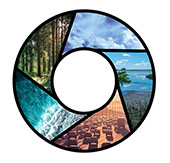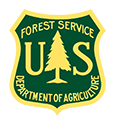The Third Decadal U.S. Carbon Cycle Science Plan (CCSP3) Authors
Background
The U.S. Carbon Cycle Science Plans are decadal plans created by the carbon cycle science community to identify what to prioritize in carbon cycle science over the next decade+ of research and policy development. The first (1999) and second (2011) plan have had widespread impacts in directing the priorities of carbon cycle science research and funding over the last 25 years. The making of the Third Decadal U.S. Carbon Cycle Science Plan is underway, with a team of highly regarded researchers from across the interdisciplinary field of carbon cycle science contributing their expertise. Introductions to the authors can be found below.
Your Feedback
Do you have a carbon cycle science area you would like prioritized in the Plan? Fill out this form with your feedback!
Introduction to the Authors
Lead authors
Leticia Barbero
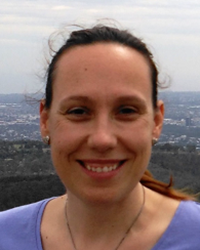
Dr. Leticia Barbero is an associate scientist at the Cooperative Institute for Marine and Atmospheric Studies (CIMAS) from the University of Miami and conducts her work at the Atlantic Oceanographic and Meteorological Laboratory (AOML) of NOAA. Her research focuses on air-sea fluxes of CO2, decadal changes in carbon storage, ocean acidification (OA) in coastal waters and the anthropogenic contribution to changes in seawater acidity (pH). She leads AOML/NOAA’s coastal acidification work under the NOAA Ocean Acidification Program, focusing on coastal regions of the Gulf of Mexico and East coast of the US.
Dr. Barbero serves as Co-Chair of the Global Ocean Ship-Based Hydrographic Investigations Program (GO-SHIP) International Science Committee and is a member of the US GO-SHIP Executive Council. She also serves on several committees and working groups including the science working groups for the Southeast Ocean and Coastal Acidification Network (SOCAN) and the Gulf of Mexico Coastal Acidification Network (GCAN), the North American GOA-ON, the NOAA Ocean Acidification Working Group (NOAWG) and the NOAA mCDR Task Force. Dr. Barbero was a co-author in chapter 16 of the Second State of the Carbon Cycle Report (SOCCR2): A Sustained Assessment Report.
Abhishek Chatterjee
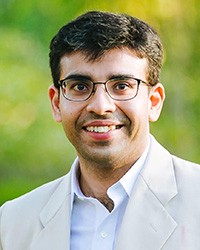
Dr. Abhishek Chatterjee (Jet Propulsion Laboratory) is an expert on carbon cycle science, Earth system models, and utilization of remote-sensing and in situ data for understanding and quantifying carbon-climate feedbacks. He is currently the Project Scientist for NASA’s OCO-3 mission and Deputy Project Scientist for the OCO-2 mission. Dr. Chatterjee’s research primarily focuses on diagnosing the variability of sources and sinks of carbon dioxide and methane, attributing the processes that govern them and predicting their response to future patterns of human society and demographics. Dr. Chatterjee has been a chapter co-lead for the 2nd State of the Carbon Cycle Report (SOCCR-2) and a co-author for the 5th National Climate Assessment (NCA5). He is also the Co-Chair of the North American Carbon Program Science Leadership Group (NACP SLG), Chair of the AGU Charles S. Falkenberg Award Committee, Co-Chair of the AMS Conference on Atmospheric Chemistry, and affiliate member of the WCRP Safe Landing Climates Lighthouse Activity on Understanding High-Risk Events and the Perturbed Carbon Cycle.
Eric Sundquist
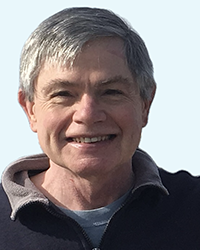
Dr. Eric T. Sundquist is a Scientist Emeritus with the U. S. Geological Survey, where he was a Research Geologist since 1978. His research seeks to evaluate and understand the processes that control and respond to changes in the level of CO2 in the atmosphere. His interests span the diverse cycling of CO2 and carbon through plants, soils, seawater, rocks, and sediments. He studies the causes and effects of past geologic changes in atmospheric CO2 levels, the ongoing effects of human actions on CO2 and climate, and the scientific and societal constraints on present-day and future carbon cycle management.
Maria Tzortziou
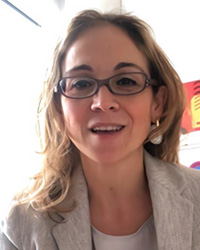
Dr. Maria Tzortziou is the Martin and Michele Cohen Endowed Professor of Environmental Sciences at the Center for Discovery and Innovation of the City College, City University of New York, and Director of Research and Applications at the CREST Remote Sensing Earth Institute. She is also Senior Research Scientist at NASA Goddard, where she serves as the Deputy Program Applications Lead for NASA’s PACE satellite mission and the Applied Science Lead for GLIMR, NASA’s first geostationary hyperspectral ocean color mission.
Dr. Tzortziou has extensive experience in ocean science, marine technology, and policy. She leads cross-disciplinary research that integrates advanced satellite remote sensing technologies with multidisciplinary datasets and models to assess human-ecosystem interactions, and the impact of multiple environmental stressors on the biogeochemistry, ecology, and biodiversity of inland and ocean ecosystems. Dr. Tzortziou serves as an expert on numerous interagency advisory and leadership boards relevant to ocean science and policy, including the Science leadership Board for the North American Carbon Program (NACP), the Science Steering Committee for the Ocean Carbon Biogeochemistry (OCB) Program, the Long Island Sound Study Program Science and Technical Advisory Committee (LISS-STAC), and the National Ocean Research Advisory Panel (ORAP) that provides independent recommendations to the Federal Government on matters of ocean policy.
Additional authors
(This list is not complete yet. More author information coming soon.)
Heather Benway
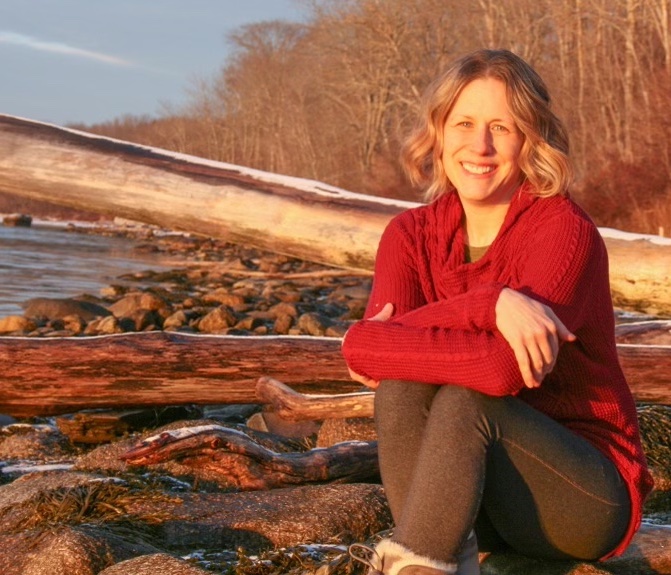
Dr. Heather Benway is a Senior Research Specialist at WHOI and serves as the Executive Officer of the Ocean Carbon and Biogeochemistry (OCB) Project Office. OCB is a network of scientists who work across disciplines to understand the ocean's role in the global carbon cycle and the response of marine ecosystems and biogeochemical cycles to environmental change. In this role, she serves as the spokesperson for the OCB Program and is the lead PI for the OCB Project Office, which receives funding from NSF and NASA. Heather and her small team in the OCB office work closely with scientists, federal agency managers, and other partners to cultivate new research areas and funding opportunities. With two graduate degrees and research experience in the interdisciplinary fields of oceanography, climate science, and ecology, she brings a breadth of expertise to this role, which enables her to deftly navigate and build communities across ocean science disciplines and contribute to high-level strategic planning. She has also served as a John A. Knauss Marine Policy fellow (’97) and worked as a program manager at NOAA.
J. Blake Clark
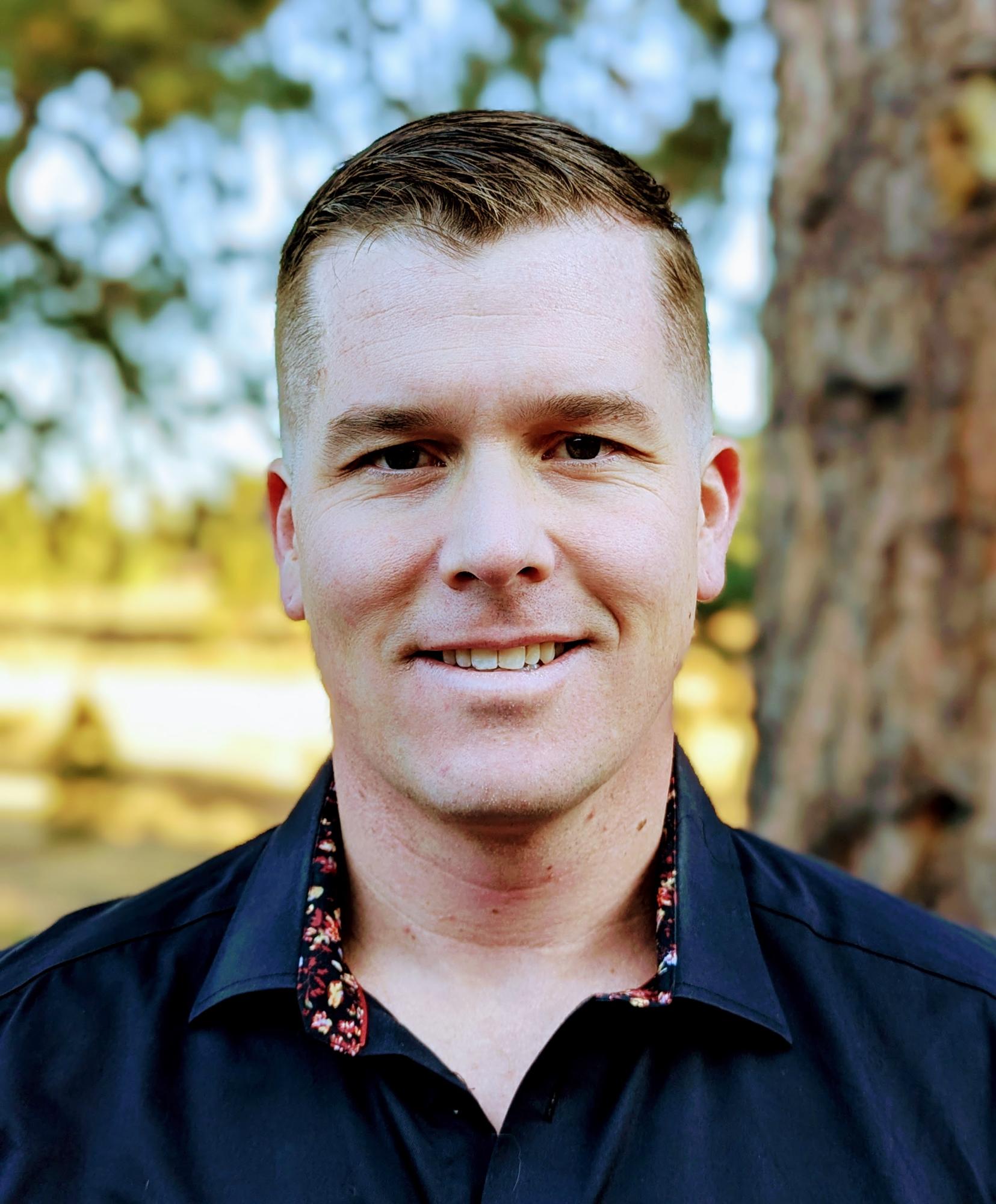
Dr. J. Blake Clark is an early career scientist in the Ocean Ecology Laboratory at Goddard Space Flight Center and the University of Maryland, Baltimore County. His work focuses on the development and implementation of biogeochemical models from medium to high resolution to estimate physical transport and transformation of material across the land-ocean interface. Fundamental research questions relate to quantifying the main controls on the persistence and fate of organic carbon in coastal waters, carbonate chemistry and net ecosystem production, and how intrinsic and extrinsic factors control the breakdown of organic material in the ocean. Secondarily is the development of methodology to integrate in-water and satellite observations to estimate contemporary and future carbon cycle processes in rivers and coastal aquatic systems throughout the world. In his free time, he enjoys mountain biking, hiking, walking his dog Lily, and snow sports.
Ankur Desai

Ankur Desai is Vilas Distinguished Achievement Professor and Department Chair in the Department of Atmospheric and Oceanic Sciences at the University of Wisconsin-Madison. His lab studies and has authored over 200 articles regarding ecosystems, their role in the carbon cycle, and implication for the climate system. This work spans from Wisconsin to the globe and uses both long term observations in nature and advanced computer simulations. Ankur is currently the chair of the Science Advisory Board for Europe’s Integrated Carbon Observing System, and a core site PI of the US Dept of Energy Ameriflux Management Project. He received his Bachelor's degree in computer science and environmental studies from Oberlin College, a Master's in Geography from University of Minnesota, and a Ph.D. in Meteorology from The Pennsylvania State University. Ankur is also an American Meteorological Society Certified Consulting Meteorologist and a Fellow of the American Geophysical Union.
Kevin Gurney
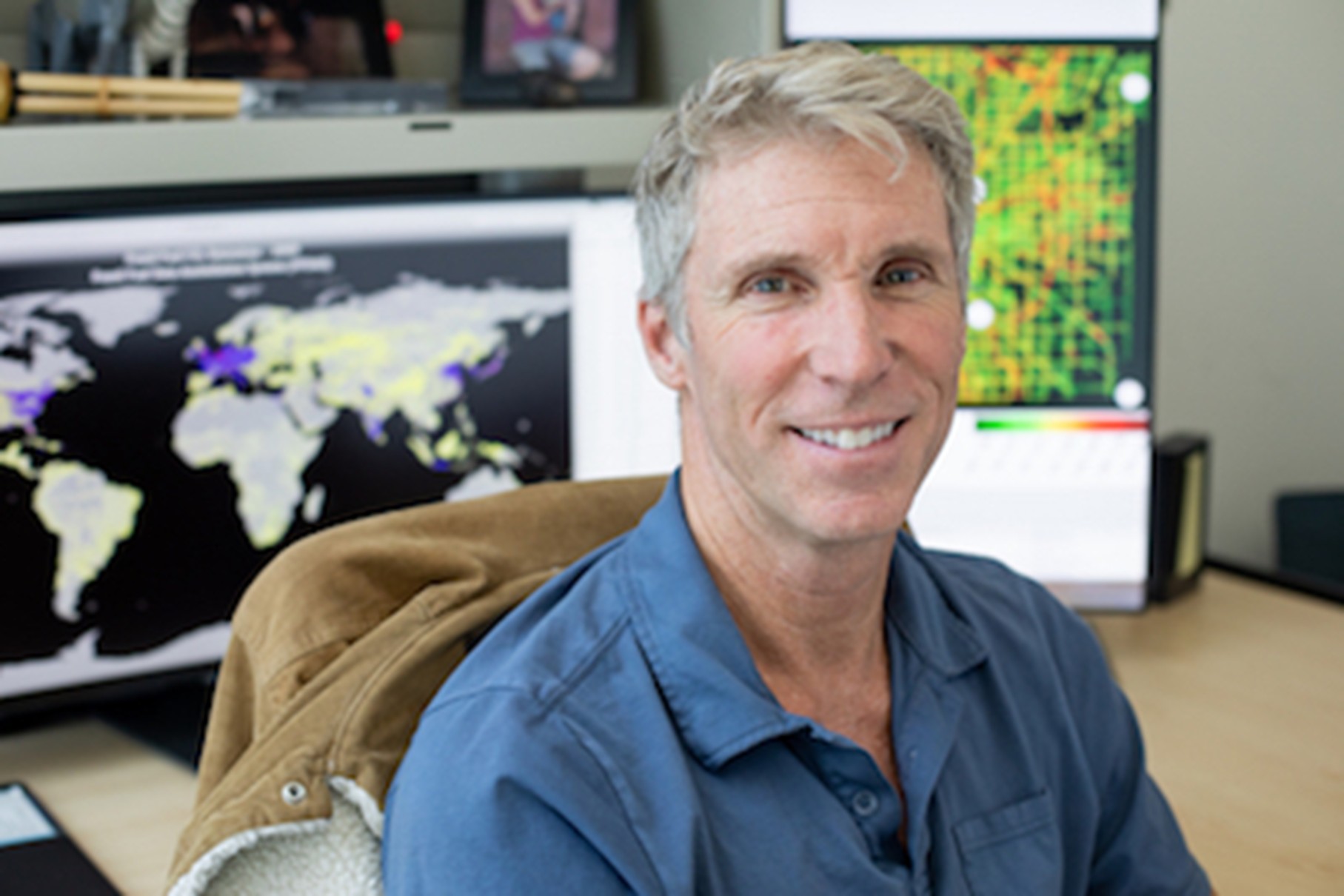
Kevin Gurney is an Atmospheric Scientist, Ecologist and Policy expert currently working in the areas of carbon cycle science, climate science, and climate science policy at Northern Arizona University where he is a Professor in the School of Informatics, Computing, and Cyber Systems. He has degrees from UC Berkeley, MIT, and Colorado State University. Gurney’s current research involves characterizing fossil fuel carbon dioxide emissions at the global,national, and urban scales. Using data mining and innovative algorithms, these greenhouse gas quantification efforts are being used by analysts, scientists, and governments. Gurney has worked with numerous cities, states and the federal government building data usability and application for GHG emissions data. Gurney is an IPCC lead author, an NSF CAREER award recipient, Sigma Xi Young Scientist recipient, a Fulbright scholar and has published over 165 peer-reviewed scientific articles with multiple papers in Nature and Science and a book from MIT Press, Mending the Ozone Hole. He recently coauthored the National Academy report: Greenhouse Gas Emissions for Decisionmaking.
Daniel Hayes
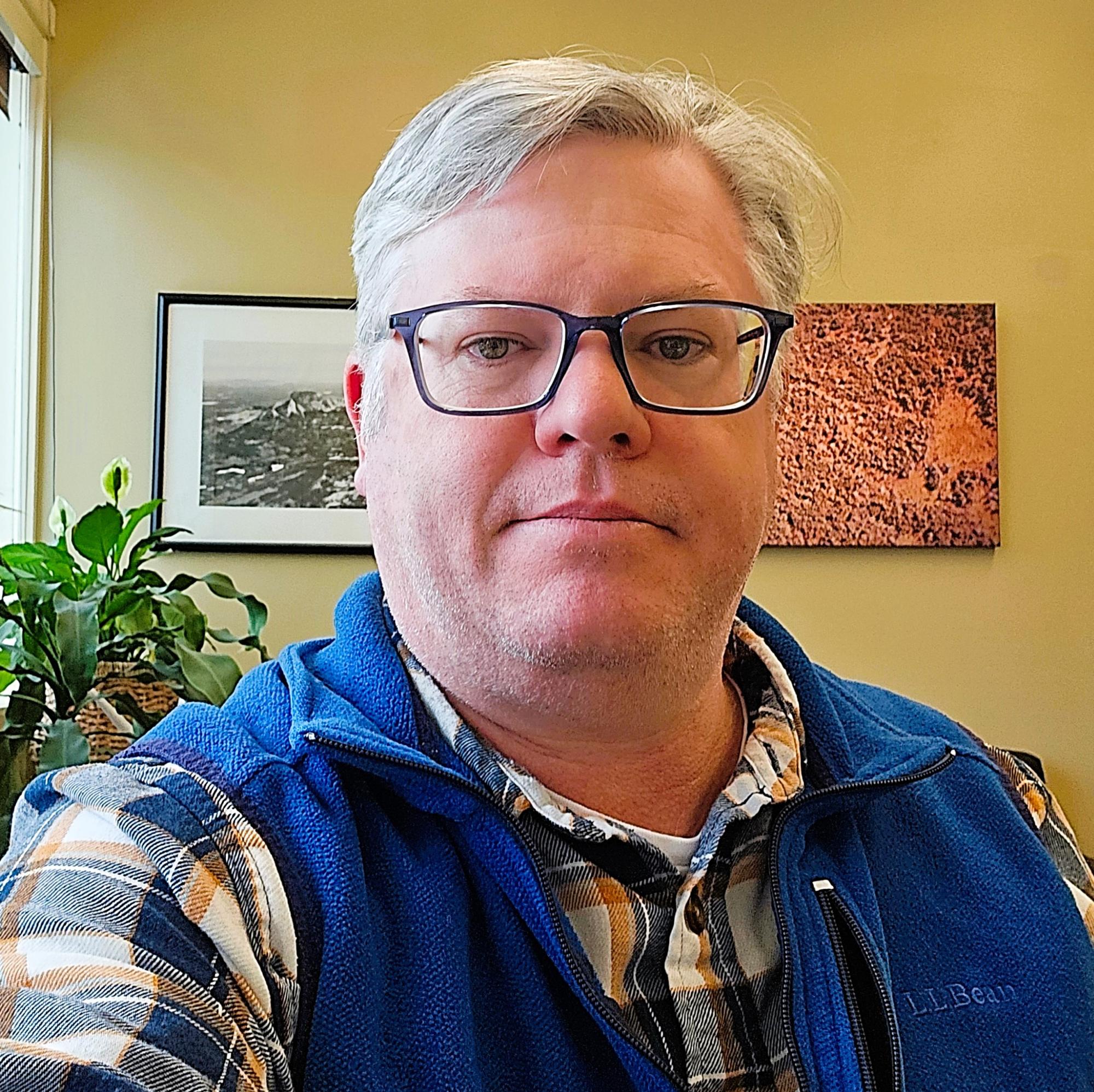
Daniel is an associate professor in the School of Forest Resources at the University of Maine, where he leads courses in remote sensing, forest inventory, and ecosystem science. He holds degrees in forestry from the State University of New York and Oregon State University and has previous research experience at the University of Alaska Fairbanks and the Oak Ridge National Laboratory. He is a carbon cycle scientist who uses remote sensing, modeling, and synthesis approaches to measure, monitor, and understand the interacting impacts of climate and disturbance on forests and other natural and managed landscapes.
Bärbel Hönisch
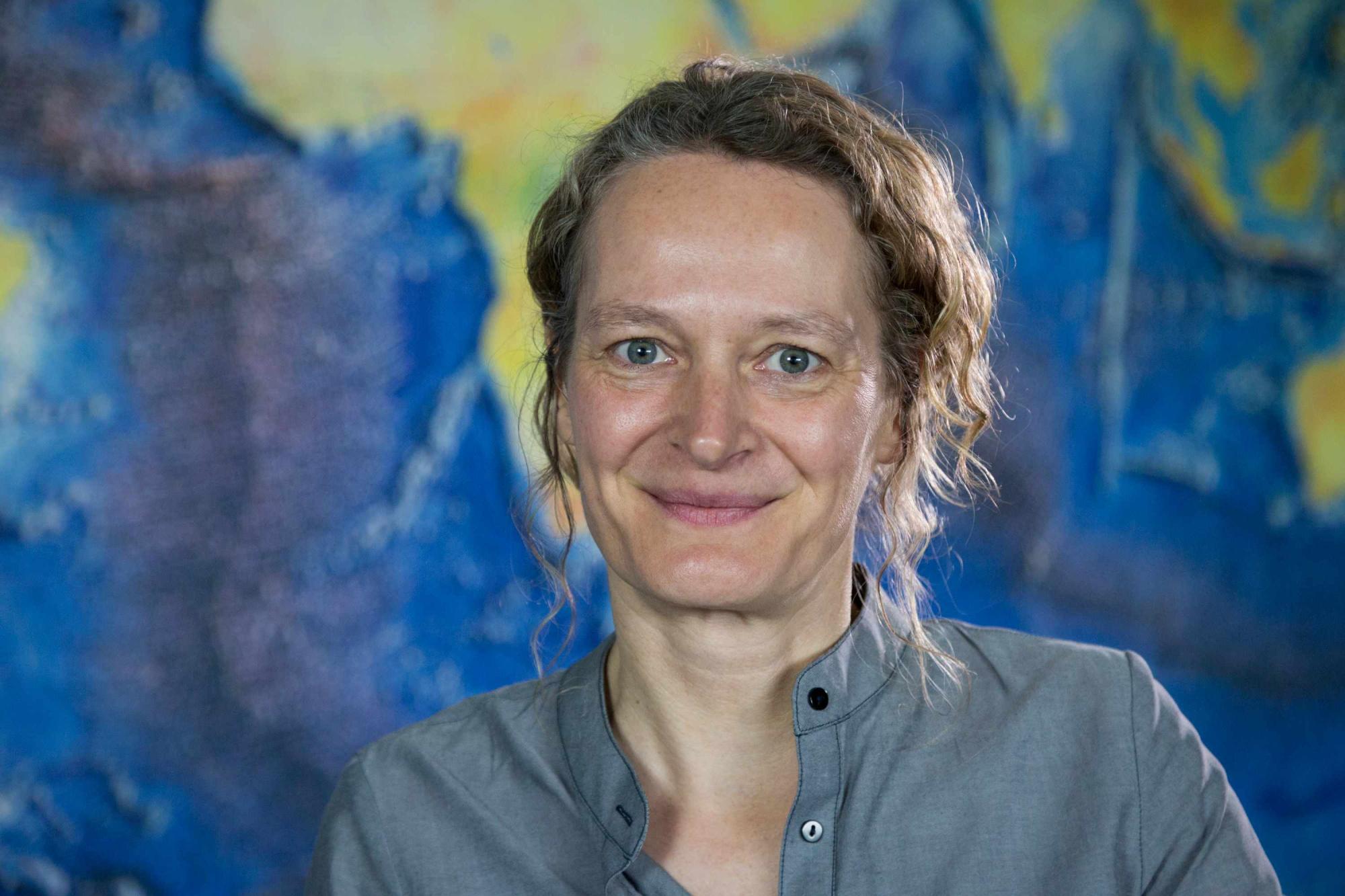
Bärbel Hönisch studied at the Universities of Bielefeld and Bremen in Germany and received her PhD in Natural Sciences in 2002. She has since moved to New York, where she studies geological episodes of varying atmospheric CO2 and global climate changes at the Lamont-Doherty Earth Observatory of Columbia University. Over the past 8 years, she has worked with an international consortium of experts to document and modernize paleo-atmospheric CO2 estimates spanning the past 470 million years.
Bluesky: @paleo-co2.bsky.social
Website: https://paleo-co2.org
Ben Poulter
Ben Poulter is a Research Scientist in the Earth Sciences Division at the NASA Goddard Space Flight Center. His research team uses data from field measurements and experiments, aircraft and satellites to understand greenhouse gas emissions and removals between the land and atmosphere. He has contributed to the Intergovernmental Panel on Climate Change Assessment Reports, the National Climate Assessment and helps coordinate the Global Carbon Project’s REgional Carbon Cycle Assessment and Processes study (RECCAP2) and the Global Methane Budget.
Bluesky: @benpoulter.bsky.social
Dana Royer
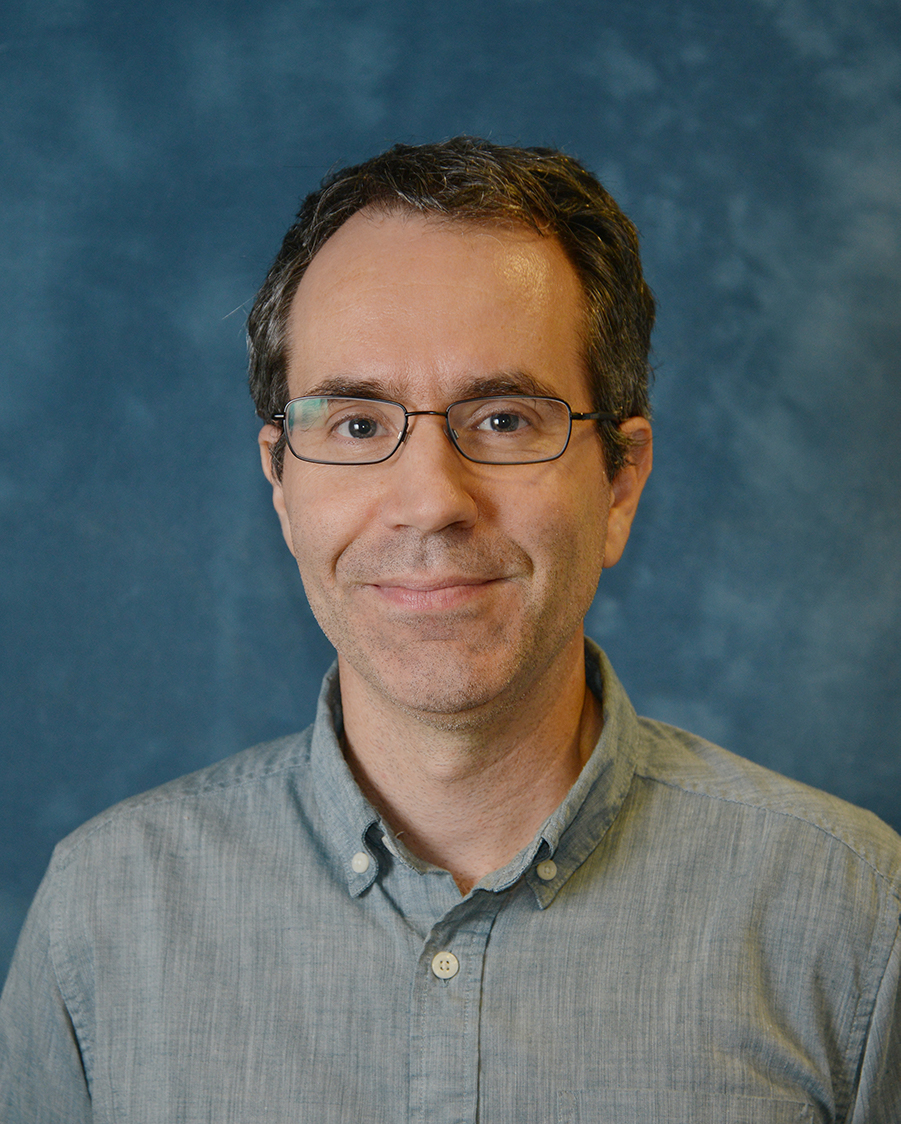
Dana Royer is a Professor of Earth and Environmental Sciences at Wesleyan University. He is interested in the paleoclimate and paleoecology of terrestrial ecosystems. He has spent 25 years developing and applying leaf-based ways to reconstruct geologic carbon dioxide, including a new wave of tools based on leaf gas-exchange principles. He has long maintained a database of published Phanerozoic atmospheric CO2 estimates and is deeply interested in the relationship between CO2 and temperature over geologic time.
Website: droyer.wescreates.wesleyan.edu
Google Scholar: https://scholar.google.com/citations?user=RYBrKJ4AAAAJ&hl=en&oi=ao
Wu Sun
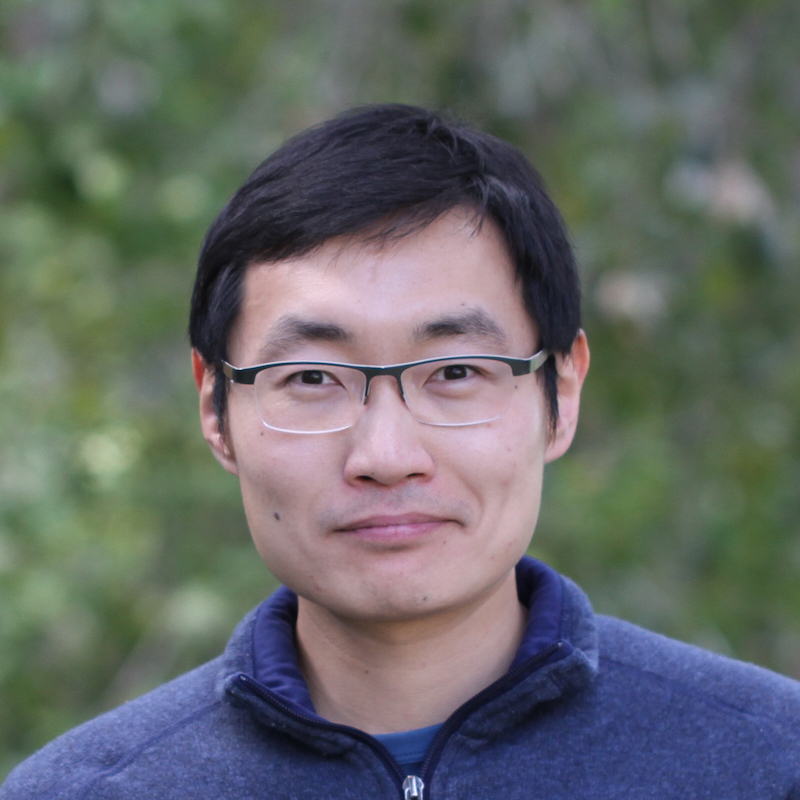
Wu Sun is an atmospheric scientist and ecologist studying the carbon cycle at the Carnegie Institution for Science. His work combines theory, observations, numerical models, and statistics to understand the carbon cycle and its feedbacks to climate, with a focus on vulnerable biomes such as the Arctic and drylands. He received his Ph.D. in Atmospheric and Oceanic Sciences from UCLA in 2017. Wu Sun currently leads a project funded by NASA's Arctic–Boreal Vulnerability Experiment to understand how photosynthesis and respiration respond to climate in Arctic and boreal biomes.
Google Scholar: https://scholar.google.com/citations?user=YjkYTeoAAAAJ&hl=en
Xi Yang
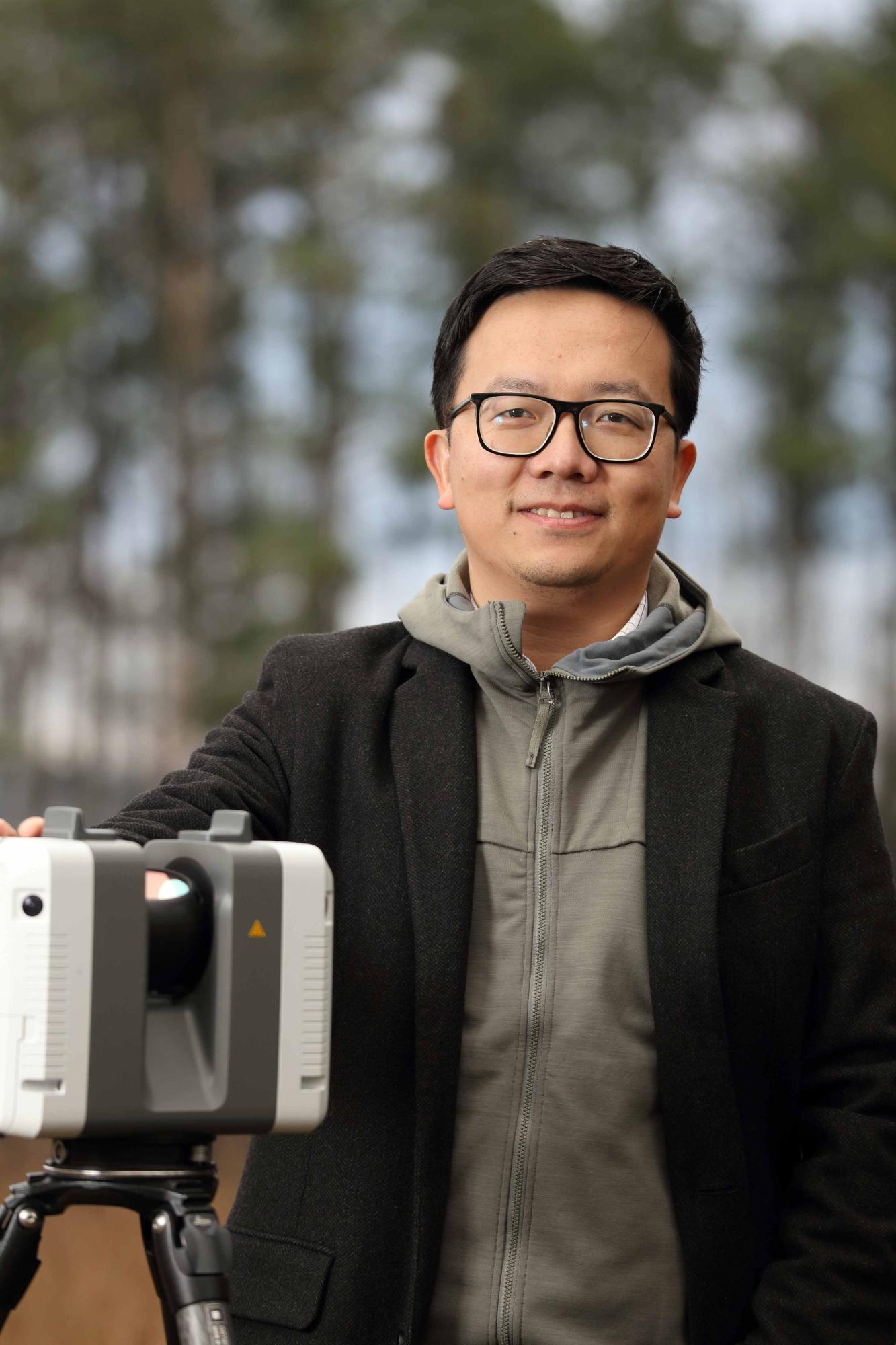
Xi Yang studies vegetation-climate interactions in the context of climate change. Specifically, Xi is interested in the environmental controls on vegetation photosynthesis and carbon stock. He uses a combination of approaches, including field surveying, remote sensing (i.e., satellite measurements), and modeling.
Dr. Yang’s lab website: https://uva.theopenscholar.com/plant-ecology-lab.
Bluesky: @xiyang.bsky.social.
